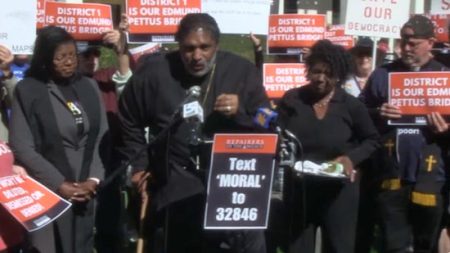Why Do Selfies Matter?
Portraits are a means of self-expression that hold the power to influence how others perceive you.
Ask Frederick Douglass
Long before Instagram, Frederick Douglass used photography to smash racial stereotypes and reframe Black identity.
Frederick Douglass was the most photographed man of the 19th century, with 160 photographs in existence today.
The fugitive slave turned abolitionist was more photographed during that time than General Custard, Ulysses S. Grant, and even President Abraham Lincoln.
Douglass recognized that part of what allowed African Americans to be dehumanized was the fact that the only portraits of them in existence were created by White people, where slaves were caricatured with exaggerated features and portrayed as less than human.
In order to change the perception of his people, Douglass assumed the responsibility of taking control of their image. To help end slavery, he knew he had to challenge the racist perception of those who were enslaved.
Through his portraits, he sought to accurately represent both his identity and the identity of all Black people. To him, portraits were a means of self-expression that held the power to lift himself and an entire race of people out of the oppression they faced.
When viewing selfies through this lens, we can begin to recognize their true power. These pictures aren’t simply a vapid attempt at capturing a momentary expression, but instead a decision to express oneself and influence how others perceive you.







